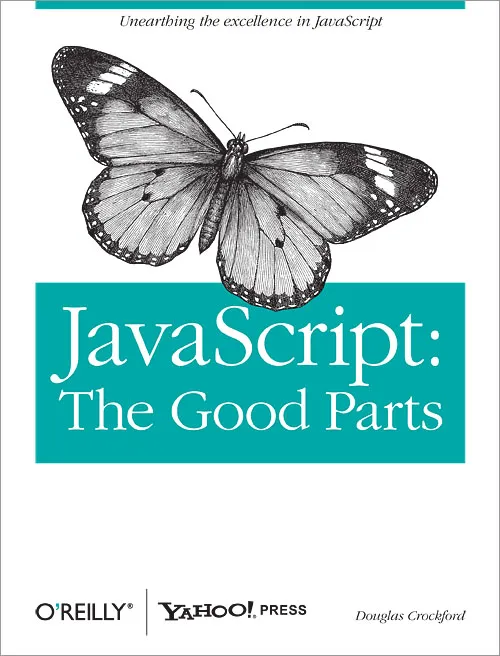A Review of Douglas Crockford's "JavaScript: The Good Parts"
For the year 2012, I have made a bunch of New Year's resolutions regarding software development, including …
- Learning JavaScript (again).
- Reading and blogging more.
- Contributing more to open source projects.
Having picked up JavaScript mostly from a variety of online tutorials and examples a couple of years ago, I felt that I was lacking a true understanding of advanced concepts of the language, such as its prototypal inheritance or the currently assigned value of a function's this parameter.
Several weeks ago, I bought JavaScript: The Good Parts by Douglas Crockford to learn JavaScript, again. This time, though, I wanted to explore the language in detail with all its strengths and goodnesses, but also with its weaknesses, pitfalls, and quirks.
After having finished his book, I can happily say that Crockford did an excellent job elaborating the aspects I wanted to read about — and many more.
Reading his book and writing this blog post are the first of many steps following my New Year's resolutions, so let's get started …
About the Book #
With its 145 pages in PDF format, the book is very small, but it is dense and packed with a lot of material. It is very structured in that every chapter is divided into many sections, thus making it possible to read smaller text portions more frequently. Since every section is aptly named, the book can easily be used as a reference. That is especially true for its ebook format which allows the reader to directly jump into desired sections, making it even more useful.
The parts most helpful to me were the ones in which Crockford lists the good and bad parts of the language as well as the ones in which he points out common pitfalls. These sections alone are worth the price of the book! Be honest with yourself: Did you know about the danger of using line breaks within return statements?
Conclusion: A Must Read #
Crockford's writing is precise and clear throughout the entire book which makes it easy to follow the author's thoughts without getting distracted by obscure and deeply nested sentence structures. As far as that is possible for a technical book, it is written beautifully in its conciseness. However, I am not an English native speaker, as you can probably tell, so please take that with a grain of salt.
In a nutshell, JavaScript: The Good Parts is an excellent, well-written JavaScript reference that emphasizes the language's best and worst parts. It definitely is a must read for every web developer!
Now, Dear Reader, it is Your Turn #
Independent of whether or not you already know JavaScript, I strongly recommend to read Crockford's book. If you have not yet systematically spent time learning the language, now is a good time to start catching up — after all, you do not want to get left behind in 2012, the year in which JavaScript is going to be more important than ever.

